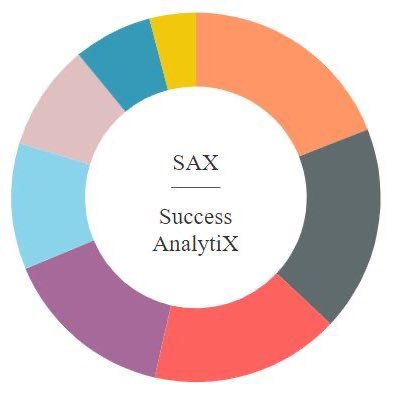Diagrams are visual representations of information. They can be used to illustrate complex concepts, to show relationships between data, or to simply make data more visually appealing.
There are many different types of diagrams, each with its own specific purpose. Some of the most common types of diagrams include:
- Flowcharts: Flowcharts are used to illustrate the steps involved in a process or workflow. They can be used to identify bottlenecks, to optimize processes, or to simply document how something works.
- Organizational charts: Organizational charts are used to show the hierarchical structure of an organization. They can be used to identify lines of reporting, to understand the roles and responsibilities of different employees, or to simply visualize the organization as a whole.
- Venn diagrams: Venn diagrams are used to show the relationships between different sets of data. They can be used to identify commonalities and differences, or to understand the overlap between different groups.
- Pie charts: Pie charts are used to show the proportional distribution of data. They can be used to illustrate the relative size of different market segments, or to show the breakdown of a budget.
- Bar charts: Bar charts are used to compare different data sets. They can be used to show the sales figures for different products, or the performance of different students on a test.
- Line charts: Line charts are used to show trends over time. They can be used to track the performance of a stock, or to show the growth of a company.
Diagrams can be used in a variety of settings, including business, education, and research. They are a powerful tool for communicating information visually and effectively.
Here are some tips for creating effective diagrams:
- Choose the right type of diagram: Make sure to choose the type of diagram that is best suited for your purpose.
- Use clear and concise labels: Make sure that all of the labels in your diagram are clear and easy to understand.
- Use consistent formatting: Use the same formatting for all of the text and elements in your diagram.
- Use color effectively: Use color to emphasize important information or to show relationships between data.
- Keep your diagram simple: Don't overload your diagram with too much information.



No comments:
Post a Comment